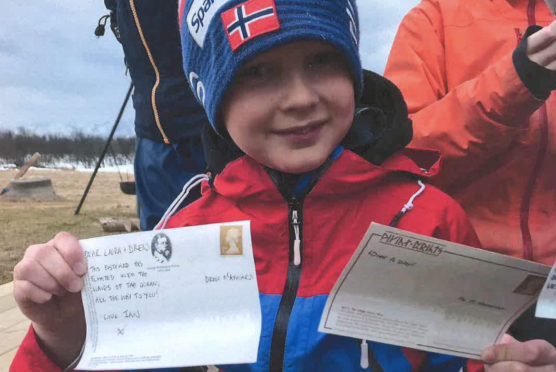
Letters posted in a small handcrafted mailboat to mark 80 years since the evacuation of the remote islands of St Kilda have been found 10 years later by children in Norway.
The last 36 people living on the archipelago, 40 miles west of the Outer Hebrides, were evacuated on August 29 1930 after they voted to leave as their way of life was no longer sustainable.
To mark the 80th anniversary of the evacuation, National Trust for Scotland (NTS) archaeologist Ian McHardy built a small waterproof boat based on the traditional St Kilda mailboats which islanders launched into the sea in the hope they would be picked up by passing ships or reach more populated places.
The boat, which contained postcards to seven people including NTS patron the Prince of Wales, and Norman John Gillies who left St Kilda aged five and died in 2013, was launched into the sea from St Kilda on August 29, 2010.
Almost a decade later, four children found the boat more than 1,000 miles away near their grandfather Geir Soreng’s boathouse at the beach on Andoya, the northernmost island in the Vesteralen archipelago off northern Norway in April.
As they carried the boat home, one of the children dropped it and the vessel burst open revealing the seven postcards, still in perfect condition, one of which asked the finder to send the cards on.
Mr Soreng posted the cards to NTS in July and the organisation checked addresses and sent them on, with the cards finally reaching their destinations this month.
In his letter to NTS, Mr Soreng said: “My four grandkids found a treasure at the beach on Andoya, north of Norway. It was a postboat in wood, sent from St Kilda in 2010.
“Emil, nine, Ask, nine, Tiril, six, and Erling, four, were excited when they found a secret room in the boat, with seven cards. We had never heard of this fabulous island and are fascinated by the story.”
The card for Mr Gillies was sent to his son John Gillies, who said he was delighted to receive it.
Mr Gillies, who lives in Aldham, Suffolk, said: “It’s incredible really. For a postcard that has been in the water for 10 years it’s in remarkably good condition, you would think it was just sent yesterday by someone. It really was a surprise.
“My dad died in 2013 but he would have been really chuffed to have received it. For me to get it all these years later, it’s quite touching really.
“Even though he left when he was five he had very vivid memories of the island.”
Mr Gillies has a unique connection to the history of the mailboats.
His father’s grandmother’s brother was the 14-year-old schoolboy, Alexander Gillies Ferguson, who launched the 1885 mailboat that is said to have started the St Kildan tradition.
The uninhabited archipelago, home to nearly one million seabirds, has been in the care of the NTS since 1957.
Mr McHardy made the boat out of kiln-dried pine and the postcards were placed in a plastic bag in the hold which was sealed with silicon and painted shut.
He said: “I always suspected and hoped it would turn up eventually but I had no idea where and it was so long that I had kind of given up hope of it being found.
“I was just really excited to find out it had travelled all the way to the north of Norway.”
In his reply to the postcard, which was written by NTS Western Isles manager Susan Bain, the Prince of Wales said: “I was delighted to receive your postcard and fascinated to hear about its decade-long journey to reach me, via the Arctic Circle no less.
“In such a fast-moving world it is touching to know that the tradition of a simple mailboat from the remote island of St Kilda can safely travel so far.
“I have never forgotten my visit to this amazing archipelago in 1971 and I so look forward to returning one day, not only to remind myself of its rugged beauty, but also its extraordinary history and breathtaking bird life.
“As patron of the National Trust for Scotland, I am immensely grateful to all those who work to preserve our heritage through caring for special places like St Kilda.”
Ms Bain said: “Sometimes the mailboats worked very well as a means of communication and they got help within two weeks, but other times they took 10 years.
“It was nice the connection that people on a small remote island in Norway found the boat that had come from a small remote island in Scotland.”

Enjoy the convenience of having The Sunday Post delivered as a digital ePaper straight to your smartphone, tablet or computer.
Subscribe for only £5.49 a month and enjoy all the benefits of the printed paper as a digital replica.
Subscribe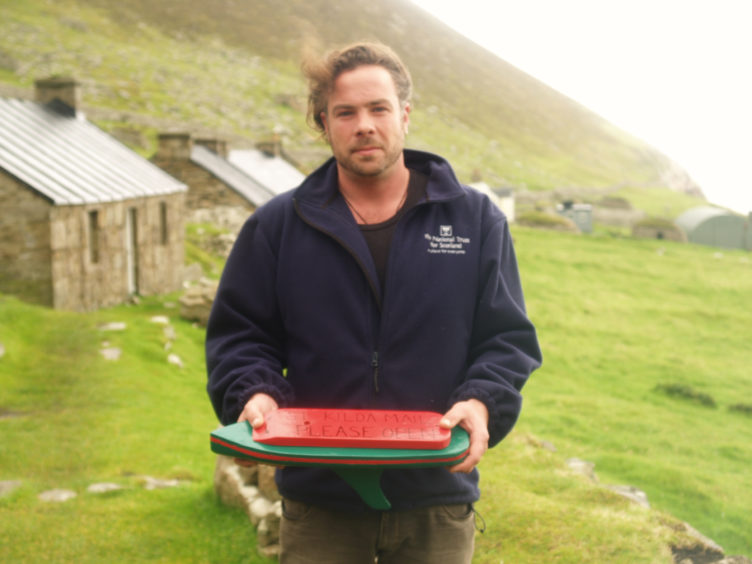 © National Trust for Scotland / PA
© National Trust for Scotland / PA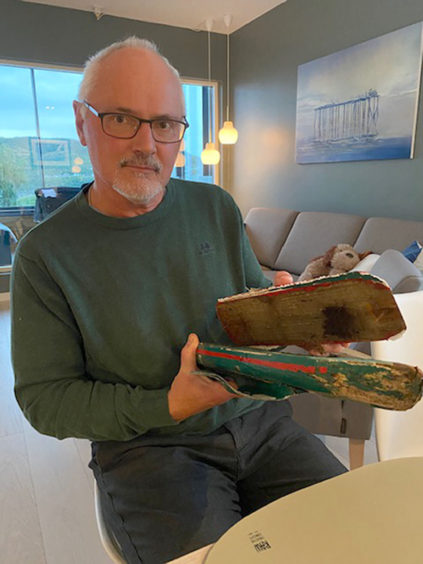 © National Trust for Scotland / PA
© National Trust for Scotland / PA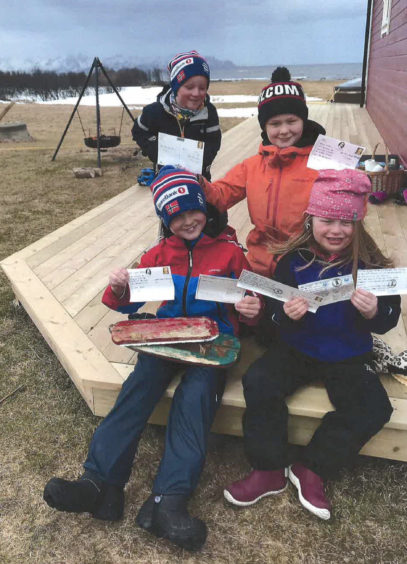 © National Trust for Scotland / PA
© National Trust for Scotland / PA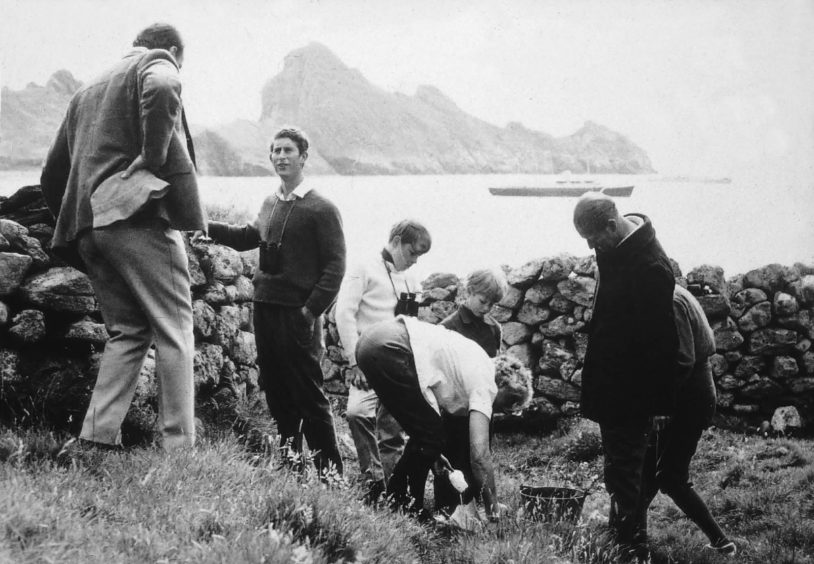 © National Trust for Scotland / PA
© National Trust for Scotland / PA